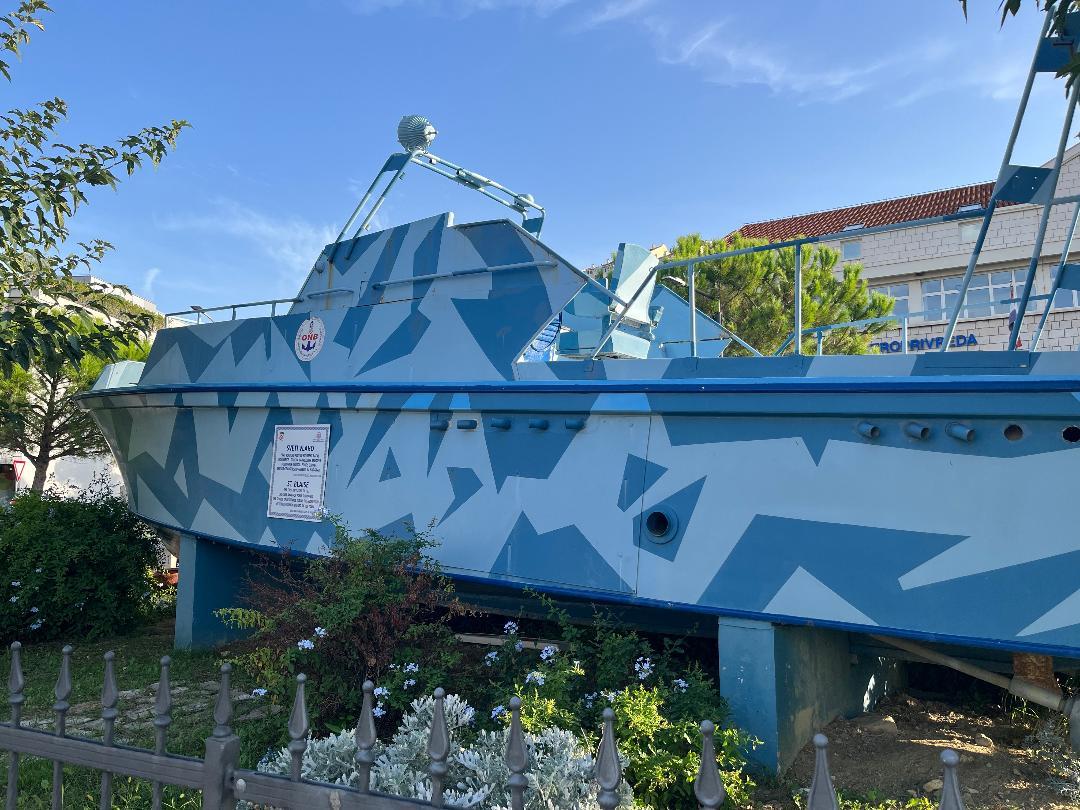FIGHTING A WAR WITH NO NAVY
I heard about this boat before I saw it, from my driver friend Kresimir, because his father-in-law had a hand in building it. But what, exactly, is it?
During the Siege of Dubrovnik in 1991 the Croatians had very little to defend themselves with. It was a relatively new country, barely recognised by the world, when the siege started. No navy or army to help (well, there was an army of sorts, but it was apparently detained elsewhere), no military equipment to speak of. And after a while, no medical supplies, no food. None of the essentials of life.
Surrounded by the invaders on land, the only way the city could reach the outside world was by boat, and this is one of the first – if not the first – armoured craft that plied the Adriatic from the Peljesac peninsular and nearby islands bringing in supplies and shipping out the wounded. They city’s lifeline. No wonder it has pride of place at the end of Gruz harbour.
These boats were cobbled together, to say the least, and often began life as a pleasure launch a summer visitor had left behind. The armour is only centimetres thick, and built from whatever was available; spare parts and powerful engines ‘donated’ by other boats and cars. They could only operate under the cover of darkness, and the people manning them risked their lives every night to give what little help they could to be beleaguered city.
Most of my books set in Croatia reference the war, because until you understand its recent history you can’t understand the country itself. It was the inspiration behind The Olive Grove, although the action takes place almost 25 years after the conflict ended. Its shadow is cast over Jadran in The Collaborator’s Daughter, but in a completely different way. It isn’t something that can be ignored, because everyone over forty (and some younger) remember it. They have their stories and for the most part they share them, because the fight for their country to raise its own flag in peace should never be forgotten.
